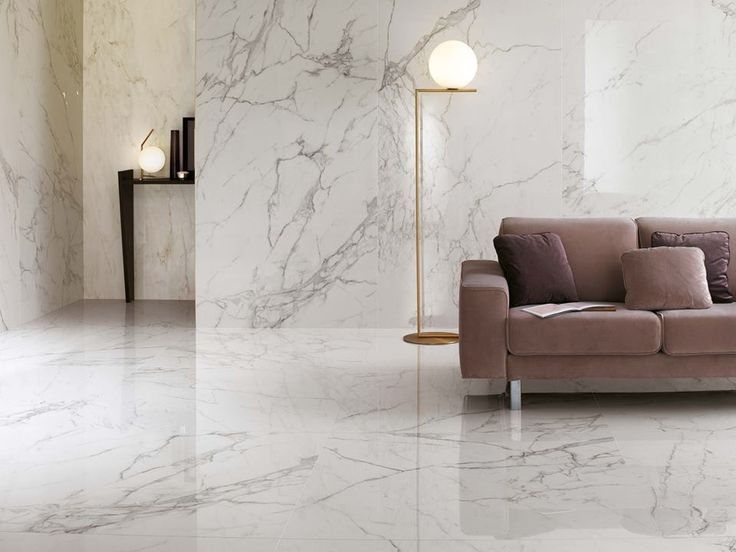Choosing the right tiles for your home can be overwhelming with thousands of options in the market. Whether it’s the color, design, or brand, making the wrong choice can lead to regret. In this blog, I will guide you through a quick process to help you decide on the perfect tiles for your space in just two minutes. From color and design to brand selection, let’s dive in!
1. Choosing the Right Tile Color
The first decision you’ll face when selecting tiles is the color. The two main options are:
- Continuous Theme: If you want your home to have a cohesive and uniform look, choose tiles that match or complement the color of your existing furniture. For example, if your furniture is beige, opt for beige-colored tiles. This will create a harmonious and theme-based look throughout your space.
- Focal Point Tiles: If you want the tiles to be the focal point of the room, you can choose a contrasting color. For instance, if your furniture is neutral, consider bold tiles in darker shades or vibrant colors. This will make the tiles stand out and add a unique touch to your decor.
Remember, don’t get too caught up in matching the wall colors, bedsheets, or curtains. Focus on the furniture color when selecting your tiles.
2. Tile Design & Texture
Once you’ve chosen the color, it’s time to decide on the design and texture of the tiles. There are several types of textures to consider:
- Heavy Texture Tiles: These tiles have pronounced grains and patterns, offering a bold and rustic look. However, avoid using them in large rooms or open spaces as they may overwhelm the space.
- Minimal Texture Tiles: These tiles have subtle patterns or smooth finishes, like Italian or Onyx finishes. They are versatile and work well in almost any room, making them a popular choice for most homes.
- Light Texture Tiles: If you want something simple and understated, go for tiles with a light texture, like Satwari. These are ideal for smaller rooms or spaces with limited foot traffic.
3. Quick Tips for Selecting the Perfect Tiles
Here are some essential tips to keep in mind while shopping for tiles:
- Tile Size: For rooms smaller than 250 sq. ft., opt for 4×2 or 5×2.5 tiles. For larger rooms, consider 6×4 or 8×4 tiles. Remember, the bigger the tile, the higher the installation cost due to additional labor and materials.
- Tile Placement: Always lay the tiles along the longest side of the room to create a balanced and visually appealing effect.
- Avoid Gaps: When laying tiles, ensure they are perfectly aligned. Don’t add extra gaps unless you’re using plank tiles, where spacing is necessary.
- Use Quality Grout: Invest in high-quality grout from reputable brands like MYK and use a hardener to prevent water absorption and extend the grout’s lifespan.
- Test the Tiles in the Showroom: Always turn off the lights in the showroom to get an accurate representation of the tile’s texture and color. Some patterns may look different under artificial lighting.
- Skirting: If possible, install skirting flush with the wall to avoid accidents, especially if you have young children in your home.
- Tile Brands: Don’t be overly concerned about branded or non-branded tiles. Focus on quality, and make sure the tile has the design and finish you want.
- Stock Availability: Before finalizing your tile choice, ask if the showroom has enough stock to complete your entire project. This will prevent color variations in your tiles.
- Check Tile Alignment: Ensure that all tiles are laid with the grain direction aligned properly. Any misalignment can disrupt the design and look unprofessional.
- Avoid Cement-Based Installation: Always use chemical-based adhesives for installing tiles instead of traditional cement. This ensures better bonding and durability.
4. Conclusion
Choosing the right tile is essential for creating a cohesive and stylish space. By following these simple tricks for color, design, and texture selection, you can avoid confusion and make an informed decision.

